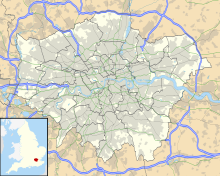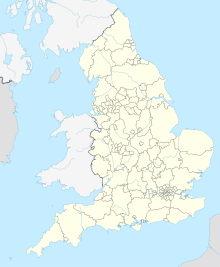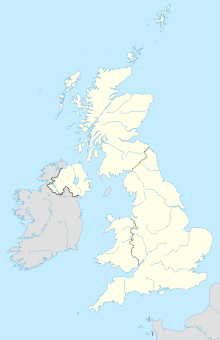Our website is made possible by displaying online advertisements to our visitors.
Please consider supporting us by disabling your ad blocker.
Heathrow Airport
Heathrow Airport | |||||||||||||||
|---|---|---|---|---|---|---|---|---|---|---|---|---|---|---|---|
 | |||||||||||||||
 | |||||||||||||||
| Summary | |||||||||||||||
| Airport type | Public | ||||||||||||||
| Owner/Operator | Heathrow Airport Holdings | ||||||||||||||
| Serves | Greater London Urban Area | ||||||||||||||
| Location | Hillingdon, London, England | ||||||||||||||
| Opened | 25 March 1946 | ||||||||||||||
| Hub for | |||||||||||||||
| Built | 1929 | ||||||||||||||
| Elevation AMSL | 83 ft / 25 m | ||||||||||||||
| Coordinates | 51°28′39″N 000°27′41″W / 51.47750°N 0.46139°W | ||||||||||||||
| Website | www | ||||||||||||||
| Map | |||||||||||||||
 | |||||||||||||||
| Runways | |||||||||||||||
| |||||||||||||||
| Statistics (2024) | |||||||||||||||
| |||||||||||||||
Heathrow Airport (IATA: LHR, ICAO: EGLL),[6] also colloquially known as London Heathrow Airport and named London Airport until 1966, is the primary and largest international airport serving London, the capital and most populous city of England and the United Kingdom. It is the largest of the six international airports in the London airport system (the others being Gatwick, Stansted, Luton, City and Southend).
The airport is owned and operated by Heathrow Airport Holdings.[7] In 2023, Heathrow was the busiest airport in Europe,[8] the fourth-busiest airport in the world by passenger traffic and the second-busiest airport in the world by international passenger traffic. As of 2023, Heathrow is the airport with the most international connections in the world.[9]
Heathrow was founded as a small airfield in 1930[10] but was developed into a much larger airport after World War II. It lies 14 miles (23 kilometres) west of Central London on a site that covers 4.74 square miles (12.3 square kilometres). It was gradually expanded over 75 years and now has two parallel east–west runways, four operational passenger terminals and one cargo terminal.[6] The airport is the primary hub for British Airways and Virgin Atlantic.
- ^ "Supporting a Global Britain – The Economic impact of Heathrow Airport" (PDF).
- ^ "Heathrow Best placed for Britain" (PDF). Archived (PDF) from the original on 15 February 2024. Retrieved 15 February 2024.
- ^ "Facts and figures | Heathrow".
- ^ "Aircraft and passenger traffic data from UK airports". UK Civil Aviation Authority. 3 March 2018. Archived from the original on 11 February 2017. Retrieved 30 July 2019.
- ^ "Traffic Statistics | Heathrow". Heathrow Airport. Archived from the original on 9 March 2023. Retrieved 22 January 2020.
- ^ a b "London Heathrow – EGLL". NATS Aeronautical Information Service. Archived from the original on 20 February 2018. Retrieved 21 April 2011.
- ^ "About Heathrow | Heathrow". Heathrow Airport. Archived from the original on 28 June 2021. Retrieved 15 April 2024.
- ^ Cole, Fergus (12 April 2023). "Ranking: London Heathrow Reigns Supreme as Europe's Busiest Airport". businesstravelerusa.com. Retrieved 21 October 2023.
- ^ "London Heathrow Reclaims Title as World's Most Connected Airport". Business Traveler USA. 22 September 2023. Archived from the original on 10 October 2023. Retrieved 8 October 2023.
- ^ "Our History | Heathrow". Heathrow Airport. Archived from the original on 23 April 2024. Retrieved 14 April 2024.
Previous Page Next Page






